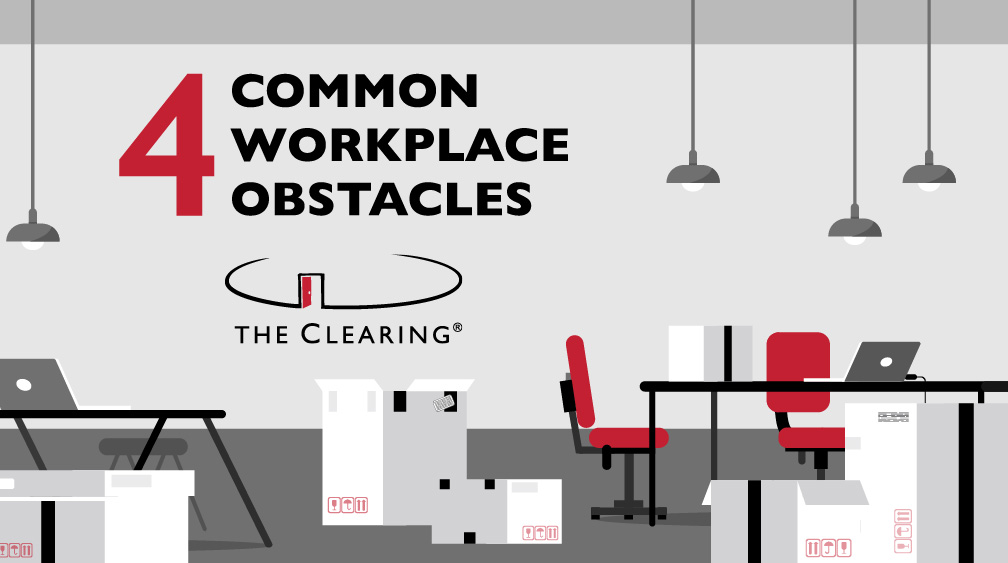OBSTACLE: EMPLOYEES ARE UNCERTAIN, UNCLEAR, AND FEARFUL ABOUT THE TIMELINE, WORKPLACE VISION, AND IMPACTS OF THE NEW WORK ENVIRONMENT.
PRO TIP: Provide logical, clear, and concise messaging about the drivers for change, the change vision, and how it will impact them at an organization, unit, and individual level. Share relatable and relevant stories about the future state and engage employees in the conversation
OBSTACLE: EMPLOYEES DO NOT FEEL PREPARED. THEY ARE ANXIOUS ABOUT HOW NEW SPACE STANDARDS AND OTHER WORKPLACE CHANGES WILL IMPACT MISSION – OR CUSTOMER-FOCUSED WORK.
PRO TIP: Design specific messaging and communication products to speak to how the change supports the mission of the organization and the needs of the various stakeholder profiles within the workforce. Evaluate the mission and core values against the constraints employees may face to share a compelling case for change. Paint a picture for employees about how the change will positively impact service to customers and/or support organizational growth.
OBSTACLE: THERE IS FRAGMENTATION AND MISALIGNMENT FROM THE WORKPLACE VISION DUE TO CULTURAL RESISTANCE AND WORKFORCE INERTIA.
PRO TIP: Facilitate discussions to engage managers and staff in a dialogue about the desired future workplace culture and experience. Discuss behaviors and attributes employees would like to see in the new workplace, as well as concerns about the future workplace. Enlist leadership and managers to model desired behaviors and promote the vision required for the organization of the future.
OBSTACLE: EMPLOYEES FEEL ANXIOUS AND DISTRACTED BY THE DISRUPTION TO THEIR DAILY ROUTINES. THEY THREATEN TO LOOK FOR A NEW JOB RATHER THAN ADAPT TO NEW SPACES, COMMUTE PATTERNS, AND/OR WORKPLACE AMENITIES.
PRO TIP: Design and implement ways for employees to voice their concerns – such as forums and touchpoints with leaders and managers, email boxes, and anonymous question boxes, as needed. Enlist trusted change champions across the workforce to listen to concerns, share the benefits of change, and promote future vision. Design engagement activities, events to experience and “try-out” new furniture and space designs, and orientation materials to educate and excite employees about the spaces and features available to them in their new workplace.
Finally, employees will adapt to change at varying rates and from individual perspectives. Leaders who adopt the strategies shared above while also embodying patience and persistence in sharing the vision for change can find success in bringing their workforce along the path to transformation.
—
Rebecca Gaynor is a Senior Principal at The Clearing specializing in strategic communication and change management for technology, organizational, and workplace change.

